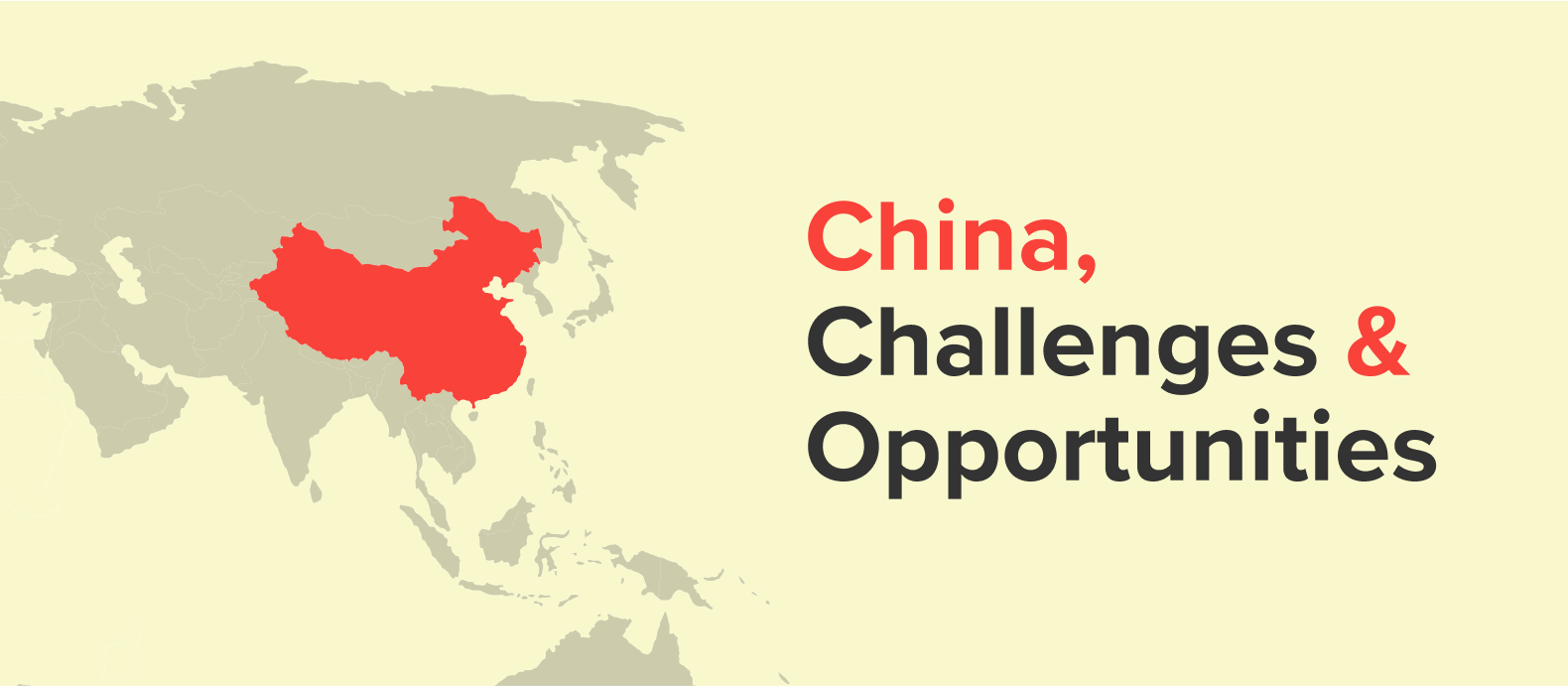The expansion of ecommerce has made the already competitive consumer goods market even more cutthroat. This is where Minimum Advertised Pricing (MAP) policies come in. But what is a MAP pricing policy, exactly?
Highlights
- MAP policies are agreements between manufacturers and distributors on the minimum price a product can be sold at.
- These policies benefit all parties, from manufacturers to distributors and retailers.
- MAP policies help to prevent price wars and loss-leadership and improve competitiveness.
What is a MAP policy?
A MAP policy is a policy or condition that dictates the absolute cheapest price a distributor or retailer can advertise a product for outside of the store. These policies usually include incentives for companies to comply with the terms and equally include repercussions in the event of a violation of the policy.
While distributors can violate MAP policies, suppliers can penalize them according to the agreed-upon terms or simply terminate contracts if they do so, as this is not unlawful in and of itself. Withholding of orders or contract cancellations are examples of such sanctions.
Traditionally, manufacturers offered a “Manufacturer’s Suggested Retail Price” (MSRP) or sometimes referred to as a Recommended Retail Price (RRP). Retailers were able to determine their own prices because of this approach. With a selling price of $300, a television with an MSRP of $400 may be advertised by the shop as a 25% savings. This, however, is not achievable with a MAP policy.
What Is the Difference Between MAP and MSRP?
Manufacturers’, Suggested Retail Price or MSRP refers to what the manufacturer of the goods believes the item should sell for.
The MSRP Schedule will list the effective date, the products, and their Manufacturer’s Suggested Retail Price (“MSRP”).
MAP pricing policy simply covers the promotion of the goods; however, in the case of MSRP, the manufacturer informs retailers what they believe the product’s price should be.
MSRP and MAP are two different pricing methods.
The manufacturers’ suggested retail price (MSRP) is not binding on retailers. The manufacturer’s suggested retail price (MSRP) informs retailers of the price at which the brand anticipates their items will be sold. The MSRP serves as a guide for sellers who want to set the proper price for their products.
As a matter of fact, MAP pricing helps to keep MSRP prices stable. Even if you’re attempting to establish yourself as the best in the business, you don’t want to advertise your items at a discount. Your buyers may believe that your products are not worth the MSRP at all.
MSRP provides retailers with a solid idea of how much they may reasonably charge the products to retain optimal profit margins, whereas MAP is the minimal threshold for product pricing.
What are the benefits of a MAP policy?
MAP policies benefit all parties involved, including the brand owner, manufacturers, distributors, and retailers. The advantages of implementing MAP pricing policy are clear. The benefits include:
- Preventing price wars
- Avoiding loss-leader products
- Keeping competitive
- Cutting poor performers
- Remaining attractive to physical stores
No more price wars
In the fiercely competitive world of retail, matching your competitors for the price is a must, if possible. This means that when one retailer offers a discount, it’s likely that their direct competitors will follow suit. They can also implement this through in-store price-matching schemes.
This issue has become increasingly problematic in the realm of e-retailers and resellers who sell via Amazon. Auto-repricing tools and Amazon repricer can automatically detect when a competitor has dropped their price below your own, automatically repricing your products within a set range. This repricing technology means that a price war turns into a price cascade, with suppliers left wondering how in the space of a few days, their products have all dropped to near or, in some cases, below wholesale price.
This form of price fall benefits neither the retailer nor the authorized reseller.
Agreeing upon a minimum advertised price at which a product can be sold sets a bottom limit to the price for all parties selling the item.
Avoid being a loss-leader
As part of a price war, many retailers choose to sell some key items for either almost zero profit or as loss-leaders, making a slight loss on each sale. They do this to drive customer traffic to their store and sites and capitalize on accessory products such as cables that have higher profit margins.
The danger of such deeply low pricing is that it will affect manufacturers’ brand value or market positioning. In addition, this can set expectations among distributor networks for lower prices across the board, as both retailers and customers are likely to notice substantial price rises when product prices return to a normal level.
Keep yourself competitive
Again probably best embodied by GoPro and a few other tech products, a MAP policy can prevent suppliers from being outcompeted by their own partners. An enforced MAP pricing policy means distributors and retailers can only offer a limited discount, meaning a supplier store or website can remain competitive.
The prices on the GoPro website are only slightly higher than ones found through legitimate distributors and resellers, which keeps sales on their own site coming in.
Cut poor performance
Having a solid MAP policy allows you to quickly terminate contracts with distributors who are not providing enough value to your company and endangering your brand value.
At the same time, while suppliers can cut low-performing distributors, they are able to reward those who comply with more profitable margins. Not only is this good for the supplier, but the loss of distributors who break MAP policies will reduce competition for the remaining distributors.
Be more attractive to brick-and-mortar stores.
As previously stated, online retailers can afford to operate with smaller margins on product lines due to their minimal overheads. Suppose store-based resellers can see that online retailers regularly sell for way below the MSRP at a price they cannot afford. In that case, they will likely be less enthusiastic about using precious shelf space on your products, where they will be acting as a physical display for their online competitors.
Having a well monitored and rigorously enforced MAP policy means that stores will recognize the suppliers’ attempt to level the playing field. This can help make your product more attractive to these stores and in some cases, even allow suppliers to push for better margins.
How to create a MAP policy
Here are some practical actions that brands can take to implement a Minimum Advertised Price for their products.
1. MAP policy is not binding
The first and most important thing to know about MAP is that it is a policy laid out by a supplier and not an agreement signed by two parties. MAP policies are crucial to mention in negotiations about distribution agreements, but the policy itself is more of caution rather than a legally binding pact.
As the supplier, you should include a line in your contract that acknowledges that the Minimum Advertised Price policy is one-way and that distributors are not legally bound by it. However, it is important to remember that suppliers are free to take legal action against MAP policy violators.
2. Use simple language
The legal department should evaluate this document since it may have legal ramifications, but it is not a legal document and is not meant only for lawyers.
There’s no doubt about it: The primary purpose of this policy is to educate and persuade partners that following the rules will pay off while breaching them would result in repercussions. This should be clearly stated in your policy, and you should be able to monitor and enforce it, as stated in your policy.
Don’t use legal jargon, and don’t write anything that could be interpreted differently; let your distributors know where they stand.
3. Define what are advertised prices
Include advertising standards and definitions of advertised prices in your MAP policy as a best practice. Links to current online resources with product and region-specific price recommendations should be included in such instructions.
Flyers, brochures, and other forms of marketing material are typically considered advertising. However, when it comes to internet retailers, definitions need to be more thoroughly considered.
4. Use price monitoring software
There is no point in creating a minimum advertised price policy unless you are also proactive and consistent in enforcing it with your present and future resale partners, regardless of how effectively you craft the policy’s text or how prominently you broadcast it.
Deploying a MAP violation software to check on how your products are advertised, discovers infractions, and automatically takes all required steps to commence the enforcement process on your behalf is a better practice than relying just on humans.
Penalties for advertising below MAP
There are many instances of MAP violations in reality.
An illegal reseller is a gray market seller. They have no idea of your MAP policy because they don’t have formal contact with your company.
The most practical and cost-effective alternative for dealing with unauthorized sellers is to employ an Internet brand protection solution backed by a team of professionals who can also assist you in addressing rogue retailers.
This is where Red Points comes in. For the sake of our consumers, Red Points is always on the lookout for sales sites and ads that our customers don’t permit to represent their businesses.
Because of this, we must often take action against rogue retailers in order to free up brand owners’ time and energy to focus on things that help them establish relationships and increase revenue.
The punishment for non-compliance should be credible so that the manufacturer can enforce it once it is discovered. For example, a corporation may issue a written warning to a customer for the first time.
It is recommended to suspend the non-compliant distributor for a predetermined amount of time or stop doing business with them if the retailer doesn’t comply;
If the store refuses to cooperate, the manufacturer has the option of issuing a cease and desist order. But when it comes to illegal dealers, tracking down their supply chain and penalizing their authorized supplier may be the best approach to stop them.
Next steps
Increasing numbers of people choose to purchase online rather than in a brick-and-mortar establishment. Online businesses may have lesser overheads, allowing them to sell their goods at lower prices, enticing customers away from the high street.
Retailers have been forced to decrease prices to maintain market share. Despite this, profit margins required by brick-and-mortar and eCommerce firms differ. This puts pressure on manufacturers to reduce wholesale pricing or face angry retail partners. This downward pressure constantly threatens suppliers’ own brand positioning. On the other hand, implementing a MAP monitoring software will help suppliers and manufacturers safeguard their brand while ensuring both online and brick-and-mortar retail partners are satisfied.
Red Points’ MAP ebook, available for free by clicking the banner below, will outline why an enforced Minimum Advertised Price policy makes for a better business relationship for your entire business network.







